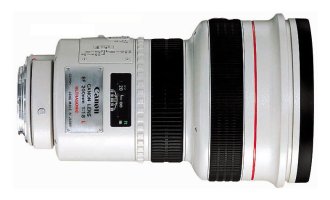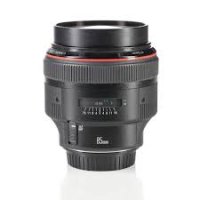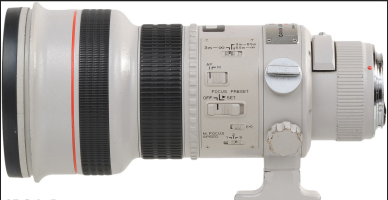privatebydesign said:
ExodistPhotography said:
privatebydesign said:
Sharlin said:
mrsfotografie said:
Nice upgrade, but does anybody see the sense of the LCD screen?
A Nano-USM lens cannot have a traditional mechanical distance window because it's focus-by-wire, the focusing ring is not mechanically coupled to anything. Thus, a digital distance window with some extra features like vibration indicators.
For instance the-
200 f1.8
85 f1.2
300 f2.8
etc etc
Those are not focus by wire.. Traditional USM lenses have a focusing ring that is designed to slip, a clutch style mechanism for better words. Focus by wire means that the cameras on board computer sees when you move the focusing ring and then electronically tells the focus motor to turn.
Oh yes they are. If you turn the camera off you can't focus them, if the AF motor dies you can't manually focus them, they 100% are focus by wire.
Focus by wire means the focus ring is not physically connected to the focusing mechanism, you need electricity to manually focus the lens and the AF motor has to be operational to achieve manual focus.
the Canon EF 85mm f/1.2L II USM Lens still utilizes focus-by-wire - electronic manual focusing.
http://www.the-digital-picture.com/Reviews/Canon-EF-85mm-f-1.2-L-II-USM-Lens-Review.aspx
The 200 mm f/1.8 USM lens............ It featured an unusual "focus by wire" system where the focus ring drove the motor when focusing in manual mode.
https://en.wikipedia.org/wiki/Canon_EF_200mm_lens
I think that Sharlin is right, Canon cannot put a traditional distance scale on this lens.
The above mentioned lenses are actually focus by wire indeed, I do have a 85 1.2 L II and know very well how it works.
The point is that all those lenses, 200 1.8 L, 85 1.2 L etc, albeit being focus by wire, have a real traditional ring USM motor that moves the focus group by an helicoidal mechanism, i.e. by turning an inner ring. Therefore it is feasible to attach the distance scale to the usm ring (not to the outer ring) and have it turning along with the usm rotor that moves the inner lenses.
This 70-300 does not have a real usm ring, but has a linear usm motor that simply moves focusing grups LINEARLY, i.e. nothing rotates inside the barrel. There are no focus helicoid but the focus group is moved onto a slide back and forth (the usm acts like a worm moving on a surface, contracts and release its body to move). Hence there could be no circular focus scale on the barrel and the need of an LCD focus scale arises.
A mechanical focus scale on this linear motor would have required a linear longitudinal cut on one side of the barrel, clearly unfeasible due to loss of structural integrity and interference with outer focus and zoom rings.
This is what I can say from what I have understood about the working principle of this new type of usm motor.



